Rising Incidence of Breast Cancer
The increasing incidence of breast cancer is a primary driver for the Tomosynthesis Market. According to recent statistics, breast cancer remains one of the most prevalent cancers among women, with an estimated 1 in 8 women diagnosed during their lifetime. This alarming trend has led to heightened awareness and demand for advanced screening technologies. Tomosynthesis Market, known for its ability to provide three-dimensional images of breast tissue, enhances the detection of tumors, particularly in dense breast tissues. As healthcare providers strive to improve early detection rates, the adoption of tomosynthesis systems is likely to rise, thereby propelling the market forward. The Tomosynthesis Market is expected to witness substantial growth as healthcare systems prioritize effective diagnostic tools to combat this growing health concern.
Technological Innovations in Imaging
Technological innovations play a crucial role in shaping the Tomosynthesis Market. The development of advanced imaging technologies, such as high-resolution detectors and improved software algorithms, has significantly enhanced the capabilities of tomosynthesis systems. These innovations allow for better image quality and faster processing times, which are essential for efficient clinical workflows. Furthermore, the integration of digital platforms facilitates seamless data sharing and analysis, thereby improving diagnostic accuracy. As healthcare facilities increasingly adopt these cutting-edge technologies, the demand for tomosynthesis systems is expected to surge. Market data indicates that the tomosynthesis segment is projected to grow at a compound annual growth rate of over 10% in the coming years, reflecting the impact of these technological advancements on the Tomosynthesis Market.
Growing Demand for Personalized Medicine
The growing demand for personalized medicine is emerging as a significant driver for the Tomosynthesis Market. As healthcare shifts towards tailored treatment approaches, the need for precise diagnostic tools becomes increasingly critical. Tomosynthesis Market offers enhanced imaging capabilities that allow for more accurate assessments of breast tissue, which is essential for developing individualized treatment plans. This trend is particularly relevant in oncology, where understanding the specific characteristics of tumors can lead to better patient outcomes. The Tomosynthesis Market is expected to experience growth as healthcare providers seek advanced imaging solutions that align with the principles of personalized medicine, ultimately improving the quality of care for patients.
Increased Awareness and Screening Programs
Increased awareness regarding breast health and the importance of regular screenings is significantly influencing the Tomosynthesis Market. Public health campaigns and educational initiatives have successfully raised awareness about the benefits of early detection of breast cancer. As a result, more women are participating in routine screenings, leading to a higher demand for advanced imaging technologies like tomosynthesis. Healthcare providers are increasingly incorporating tomosynthesis into their screening programs, recognizing its advantages over traditional mammography. This shift is likely to drive market growth, as more facilities invest in tomosynthesis systems to meet the rising demand. The Tomosynthesis Market is thus positioned for expansion, driven by the growing emphasis on preventive healthcare and early diagnosis.
Regulatory Support and Reimbursement Policies
Regulatory support and favorable reimbursement policies are pivotal in shaping the Tomosynthesis Market. Governments and health organizations are increasingly recognizing the value of tomosynthesis in improving breast cancer detection rates. As a result, many countries have implemented policies that support the adoption of advanced imaging technologies. Reimbursement for tomosynthesis procedures is becoming more common, which alleviates financial barriers for healthcare providers and patients alike. This regulatory environment encourages the integration of tomosynthesis into standard screening practices, thereby expanding its market reach. The Tomosynthesis Market is likely to benefit from these supportive measures, as they facilitate broader access to innovative diagnostic tools and promote their utilization in clinical settings.


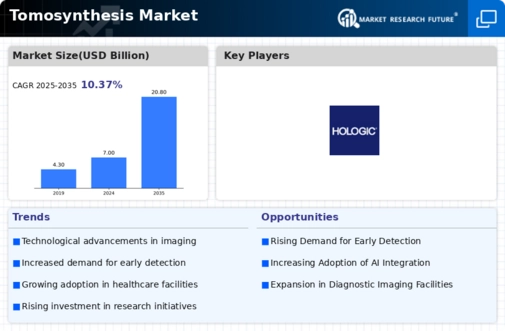
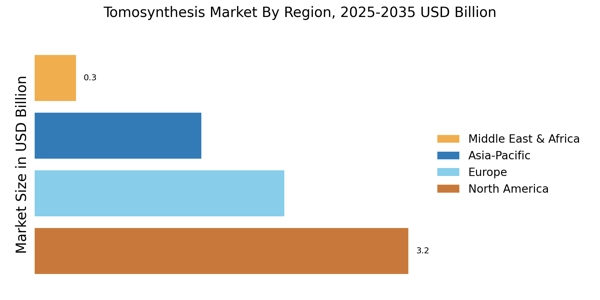
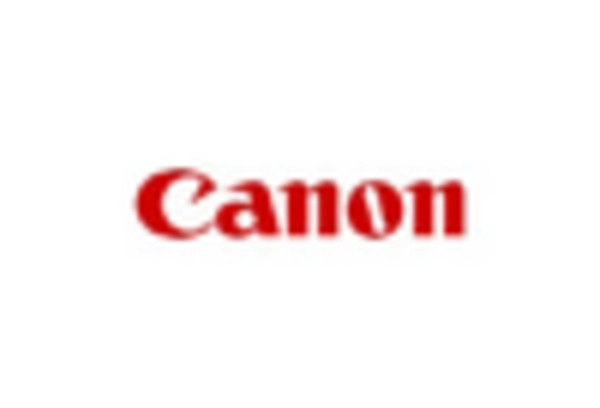
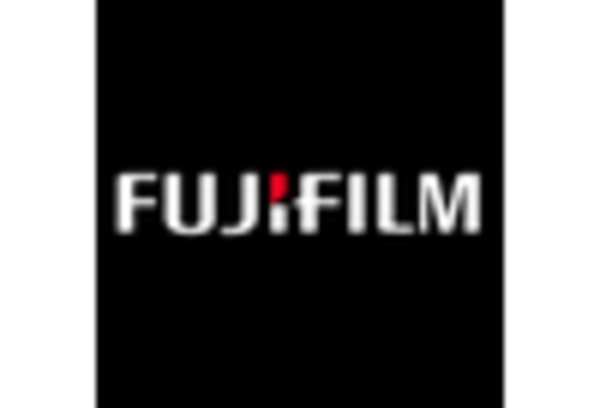

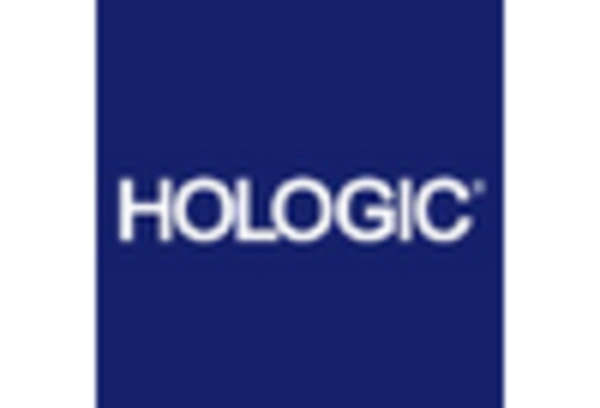










Leave a Comment